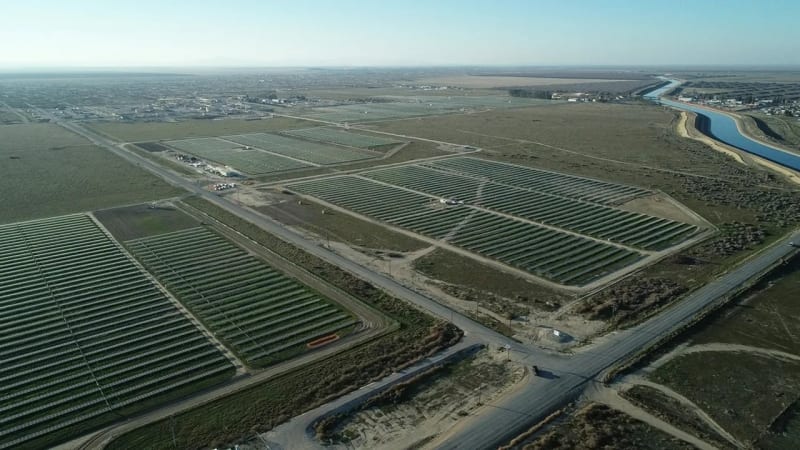Chevron New Energies, a division of Chevron U.S.A. Inc., announced it is developing a 5-megawatt hydrogen production project in California’s Central Valley.
The project aims to create lower carbon energy by utilizing solar power, land, and non-potable produced water from Chevron’s existing assets at the Lost Hills Oil Field in Kern County. This low carbon intensity (LCI) electrolytic hydrogen will be produced through electrolysis, which is the process of using electricity to split water into hydrogen and oxygen

The project aims to create lower carbon energy by utilizing solar power, land, and non-potable produced water from Chevron’s existing assets at the Lost Hills Oil Field in Kern County. This low carbon intensity (LCI) electrolytic hydrogen will be produced through electrolysis, which is the process of using electricity to split water into hydrogen and oxygen

